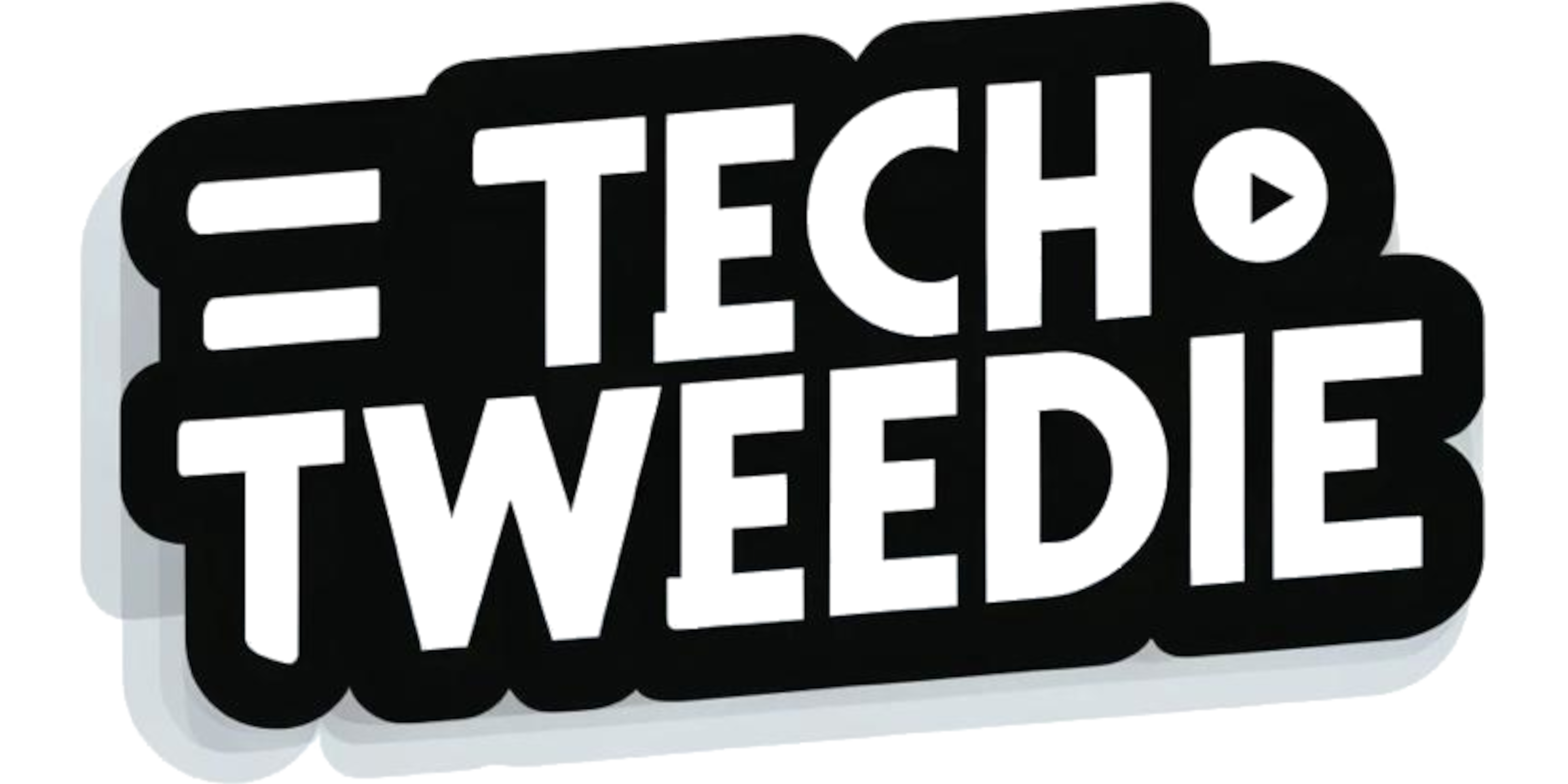Enabling low code developers to
Create custom client reports with a helping hand from Azure
Introduction
- Share an Architecture pattern today
- In this example:
- Use Power Automate to generate a custom report
- Based on Dataverse data
- Share it with our client securely via a link
Ian Tweedie

- Power Platform Technical Consultant, Capgemini
- Trustee for Digital Transformation for a £22 million non for profit
- Chair of an £750k non for profit
Ian Tweedie
Certifications


































Community Tools


- Calculate working day
- Email domain checker
- Dataverse 4 Teams Local ALM Tool
- Around 1/2 a million hits a month

Problem
WE ARE handling high value claims
WE NEED TO share settlement documents with our clients
WE MUST share these documents securely
Current solution
Demo 1
Live Demo 1
Problems
Slow
Inaccessible
Clunky
Internal User Driven
Proposed solution
- Present it as a web link
Can we
Get power automate to make a web page for us
Can that web page present a PDF document
Demo 2Lets give it a go
Live Demo 2
Test it together

View the flow runs
Key component
Web Page
- Flow with HTTP Request trigger
- Response Headers
content-type : text/html
content-type : text/html
- Full list can be found Common MIME types - HTTP | MDN (mozilla.org)
Demo 3Lets give it a go
Live Demo 3
Test it together

View the flow run
Key component
Response Headers
Content-Type: application/pdf
Content-Type: application/pdf
Common MIME types - HTTP | MDN (mozilla.org)
Content-Disposition: inline
Content-Disposition: attachment; filename=“filename.pdf”
Content-Disposition: inline
Content-Disposition: attachment; filename="filename.pdf"
Demo 4Lets see that working
Live Demo 4
Test it together

View the Flow
Key component
@{triggerOutputs()[‘queries’]}
@{triggerOutputs()['queries']}
Overview
graph LR
A(User) --> B(Flow) --> C(Dataverse)
Sequence
sequenceDiagram
autonumber
actor User
User->>Flow: Clicks link HTTP
Flow->>Dataverse: Requests data
Dataverse-->>Flow: Data returned
Flow->>SharePoint: Requests template
SharePoint-->>Flow: Template returned
Flow-->Flow: Merge data in to template
Flow-->>User: Returns PDF
We still have a problem
What do we need?
sequenceDiagram
autonumber
actor User
User->>Flow: Clicks link
Flow-->>User: Returns PDF
Reverse Proxy
sequenceDiagram
autonumber
actor User
User->>Reverse-Proxy: Clicks link
Reverse-Proxy-->>Reverse-Proxy: Authentication
Reverse-Proxy->Flow: Forwards Request
Flow-->>Reverse-Proxy: Returns PDF
Reverse-Proxy-->>User: Returns PDF
Solution requirements
Authenticate by Azure B2C
Reverse Proxy function
Where can I find this

Out of the box Authentication
Azure function
- Forwards all headers received from the incoming request.
- Adds custom header Flow-Key (from environment variables).
- Handles GET, POST, OPTIONS method.
- Appends query parameters from the incoming request to the external URL.
FLOW_URL=https://prod-21.uksouth.logic.azure.com/workflows/your-logic-app-url
FLOW_KEY=your-flow-key-value
Lets deploy it
- Access the Repo
- Press Deploy
- Follow the on screen instructions

Lets deploy it
- Access the Repo
- Press Deploy
- Follow the on screen instructions
- Add Environment variables
FLOW_URL=https://prod-15.uksouth.logic.azure.com/workflows/7a854d30969e4158bac2b17ac15d1ad7/triggers/manual/paths/invoke?api-version=2016-06-01&sp=%2Ftriggers%2Fmanual%2Frun&sv=1.0&sig=FrLhWsuldO9AiPgF4ztcjuvjsSrBrJtlD5Mf17jjU_I
FLOW_KEY=ABC123
Lets deploy it
- Access the Repo
- Press Deploy
- Follow the on screen instructions
- Add Environment variables
- Setup Azure B2C
Lets see that working
Demo 5
Live Demo 5
Try it out
View the flow
Key component
Inbound Header
X-MS-CLIENT-PRINCIPAL-ID
"X-MS-CLIENT-PRINCIPAL-ID": "1ebcd192-5366-48eb-9028-04610ae1704d"
Key component
Fetch XML
<fetch>
<entity name="techtwed_settlement">
<attribute name="techtwed_name" />
<attribute name="techtwed_settlementid" />
<filter>
<condition attribute="techtwed_name" operator="eq" value="SET-1001-T8B5" />
</filter>
<link-entity name="contact" from="contactid" to="techtwed_customer" alias="contact">
<link-entity name="adx_externalidentity" from="adx_contactid" to="contactid" alias="externalid">
<filter>
<condition attribute="adx_username" operator="eq" value="1ebcd192-5366-48eb-9028-04610ae1704d" />
</filter>
</link-entity>
</link-entity>
</entity>
</fetch>
High Level Solution
Sequence Diagram
sequenceDiagram
autonumber
actor User
User->>Reverse-Proxy: Click Link
Reverse-Proxy->>Reverse-Proxy: Authentication
Reverse-Proxy->>Flow: Forwards request
Flow->>Dataverse: Requests data
Dataverse-->>Flow: Data returned
Flow->>SharePoint: Requests template
SharePoint-->>Flow: Template returned
Flow-->Flow: Merge data in to template
Flow->>Reverse-Proxy: Returns PDF
Reverse-Proxy->>User: Returns PDF
Where have I used this Pattern
- Document Generation
- WiFi Network Login
- Register Interest
- Login to a legacy systems
- Door code generation
Questions
Keep in touch

Feedback

Presentation

Github Repo



